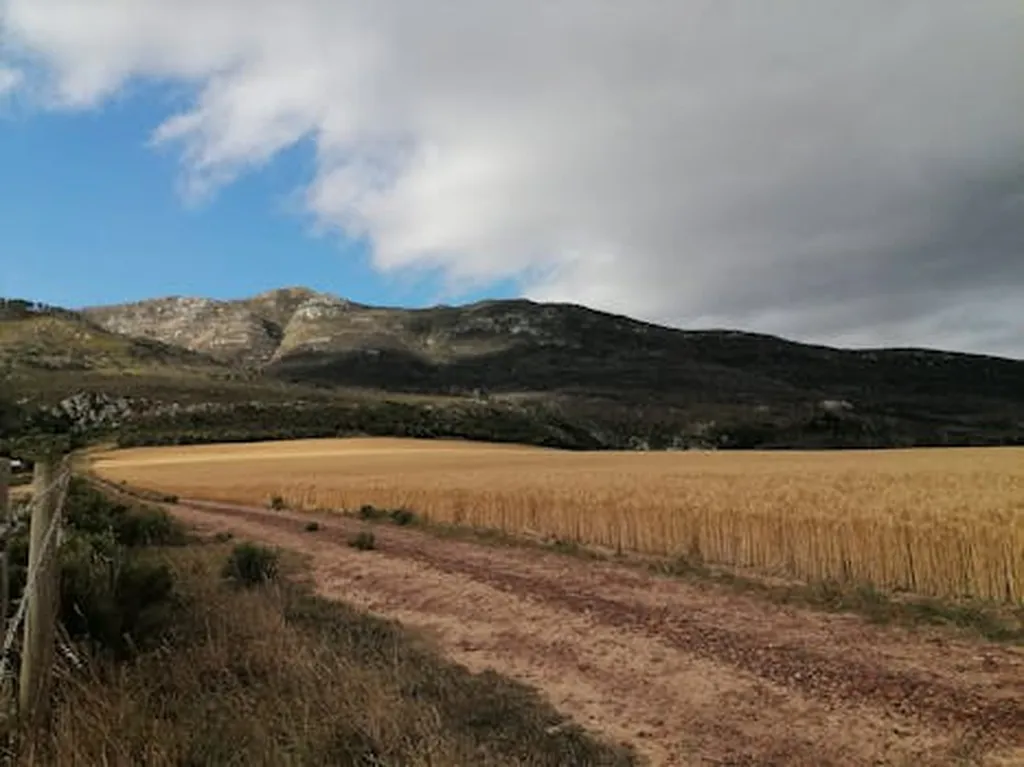In the heart of the Lubumbashi region, a groundbreaking study is turning heads in the agritech world. Researchers have successfully simulated the growth and yield of maize on plinthosols—a soil type notorious for its low fertility—using a combination of remote sensing and sophisticated modeling. The results, published in the journal *Agriculture*, offer a promising blueprint for boosting agricultural productivity in challenging environments.
Plinthosols, characterized by the presence of plinthite, pose significant hurdles for farmers due to their restricted water and nutrient availability. However, the study led by John Banza Mukalay from the Water-Soil-Plant Exchange Research Unit at the University of Liège, demonstrates that these challenges can be mitigated through innovative soil management practices. By loosening the plinthosol and amending it with termite mound material, researchers observed a dramatic improvement in maize yields.
The study utilized the Agricultural Production Systems Simulator (APSIM) model to simulate maize growth and yield across a 660-hectare perimeter. The leaf area index (LAI), a critical indicator of crop health and productivity, was estimated using Sentinel-2 imagery via Google Earth Engine. This data, integrated with agro-environmental variables, provided a comprehensive picture of maize phenology and growth dynamics.
“The combination of remote sensing and biophysical modeling allowed us to accurately predict maize yields and understand the impact of our soil amendments,” said Mukalay. “This approach not only enhances our ability to manage soils effectively but also offers a scalable solution for farmers facing similar challenges.”
The results were striking. Simulated LAI values closely matched observed data, with coefficients of determination (R²) ranging from 0.85 to 0.93 and Nash-Sutcliffe efficiency (NSE) values between 0.50 and 0.77. Maize grain yield predictions were equally impressive, with R² values of 0.91 and NSE values exceeding 0.80. The study highlighted a significant yield contrast between treated and control blocks, with treated blocks achieving yields of up to 10.4 t ha⁻¹ compared to just 4.1 t ha⁻¹ in control blocks.
For the agriculture sector, these findings are a game-changer. The ability to predict crop yields accurately and optimize soil management practices can lead to substantial improvements in productivity and profitability. As climate change and soil degradation continue to pose threats to global food security, innovative solutions like this are more critical than ever.
“This research opens up new possibilities for sustainable agriculture,” said Mukalay. “By leveraging technology and understanding the intricate relationships between soil, plants, and the environment, we can develop strategies that not only enhance yields but also promote long-term soil health.”
The study’s integration of remote sensing and biophysical modeling sets a precedent for future research in agritech. As these technologies become more accessible and sophisticated, their application in agriculture is poised to expand, offering farmers tools to navigate the complexities of modern farming.
In an era where precision agriculture is becoming increasingly vital, this research provides a roadmap for optimizing crop production in some of the world’s most challenging environments. With the potential to revolutionize soil management practices, it stands as a testament to the power of interdisciplinary collaboration and technological innovation in addressing global agricultural challenges.

